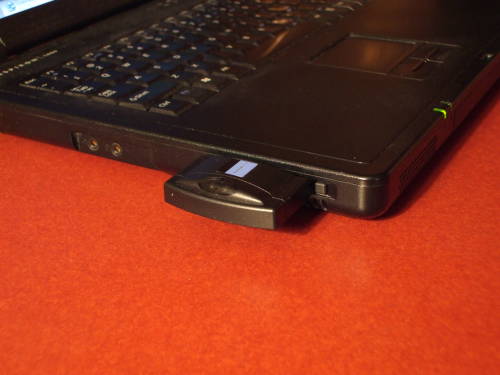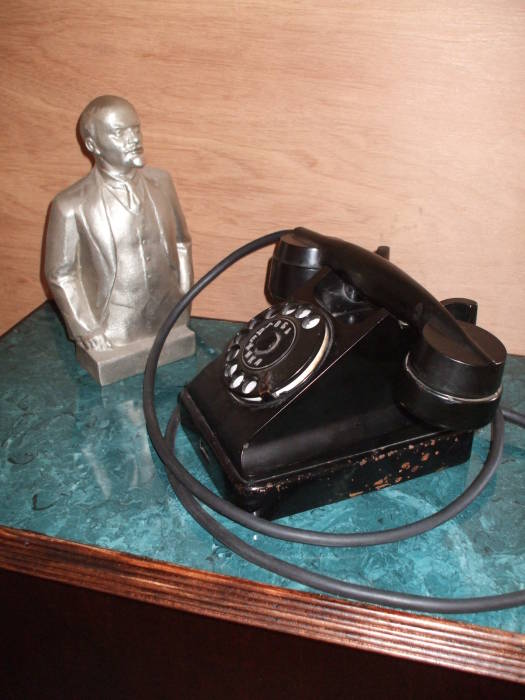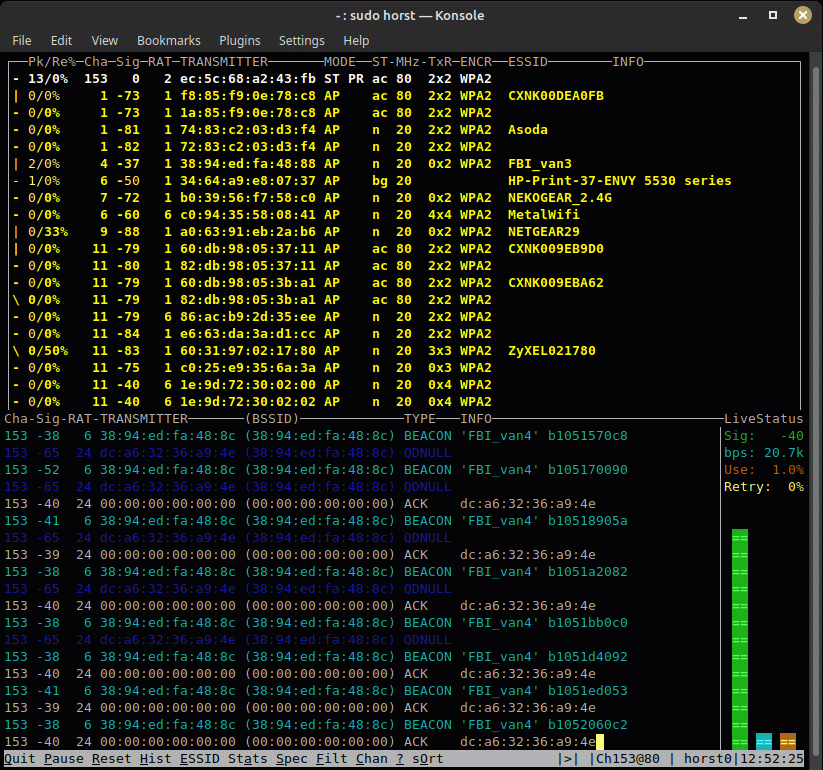
Wireless LAN Specifications
Wireless Networking
Wireless Local-Area Networks, known as Wireless LAN or simply WLAN technology, provide network connections over microwave links typically around 2.4 and 5 GHz. Most of what is called WLAN today is based on the IEEE 802.11 family of standards and marketed as Wi-Fi.
Another general family of wireless network technology is based on digital mobile telephony, carrying IP networking over the worldwide mobile telephony internetwork. Look here for an example of mobile IP networking in Bulgaria, where in 2011 they had the third-fastest Internet service in the world.
WLAN Development
The U.S. Federal Communications Commission released the 2.5 GHz ISM band for unlicensed use in 1985. (that is, the Industrial, Scientific, and Medical radio bands used by microwave ovens, medical diathermy, and industrial RF heating)
By 1991 NCR and AT&T developed an 802.11 precursor, intended for use by cash register systems. The technology was called WaveLAN and provided 1 and 2 Mbps data rates.
802.11b was the first widely accepted wireless networking standard. It appeared around 1999. 802.11b uses the 2.5 GHz band and provides about 11 Mbps data rate. It is divided into channels that are 22 MHz wide and spaced every 5 MHz with significant overlap.
Only channels 1 through 11 are allowed in the U.S. and similarly regulated nations, including all of North America and parts of Central and South America. Channels 1, 6, and 11 are used in these regions, as they are the only way to used three non-overlapping channels. European nations commonly use channels 1, 5, 9, and 13, four channels with some overlap.
| 802.11b | ||||||||||||||
| Channel | 1 | 2 | 3 | 4 | 5 | 6 | 7 | 8 | 9 | 10 | 11 | 12 | 13 | 14 |
| Start | 2.401 | 2.406 | 2.411 | 2.416 | 2.421 | 2.426 | 2.431 | 2.436 | 2.441 | 2.446 | 2.451 | 2.456 | 2.461 | 2.473 |
| Center | 2.412 | 2.417 | 2.422 | 2.427 | 2.432 | 2.437 | 2.442 | 2.447 | 2.452 | 2.457 | 2.462 | 2.467 | 2.472 | 2.484 |
| End | 2.423 | 2.428 | 2.433 | 2.438 | 2.443 | 2.448 | 2.453 | 2.458 | 2.463 | 2.468 | 2.473 | 2.478 | 2.483 | 2.495 |
Since 802.11b and 802.11g use the shared 2.4 GHz ISM band, they may suffer interference from microwave ovens, cordless telephones, cordless headphones, and Bluetooth devices. DSSS and OFDMA (that is, Direct-Sequence Spread Spectrum and Orthogonal Frequency-Division Multiple Access) helps to limit the interference.
802.11a and 802.11g came out next, in 2003. They use the 5 GHz band, with at least 23 non-overlapping channels. Their modulation schemes provide data rates of 54 Mbps.
802.11n appeared in 2008. It provides data rates from 72 to 600 Mbps.
802.11ac appeared in 2014, providing single spatial streams with link speeds up to 866 Mbps. The 802.11ac standard specifies up to 8 spatial streams, meaning that a single user could get a total data rate of 6.97 Gbps.
The other standards, c-f, h, and j, are amendments that extend the scope of existing standards, and in some cases make corrections.
802.11ax appeared in 2019. It can provide up to almost 10 Gbps data rates.
Wi-Fi and WiMAX Characteristics
| Standard | Frequency | Max data rate, Mbps | Spectrum sharing | Modulation | |
| 802.11 (Wi-Fi) | 802.11a |
5.15–5.825 GHz |
54 | OFDMA | BPSK, QPSK, 16-QAM, 64-QAM |
| 802.11b |
2.4–2.5 GHz |
11 | DSSS | CCK | |
| 802.11g |
2.4–2.5 GHz |
54 | OFDMA | BPSK, QPSK, CCK | |
|
802.11n Wi-Fi 4 |
2.4–2.5 GHz 5.15–5.825 GHz |
72–600 | OFDMA | 64-QAM | |
|
802.11ac Wi-Fi 5 |
5.15–5.825 GHz |
500–1100 | OFDMA | BPSK, QPSK, 16-QAM, 64-QAM, 256-QAM | |
| 802.11ad |
47–66 GHz |
6760 | SC, OFDMA | BPSK, QPSK, 16-QAM, 64-QAM | |
| 802.11af |
54–88 MHz 470–596 MHz 614–790 MHz |
27–569 | SC, OFDMA | BPSK, QPSK, 16-QAM, 64-QAM, 256-QAM | |
| 802.11ah |
900 MHz |
1–16 | SC, OFDMA | BPSK, QPSK, 16-QAM, 64-QAM | |
|
802.11ax Wi-Fi 6(e) |
2.4–2.5 GHz 5.15–5.825 GHz 5.925–7.125 GHz |
1201 | OFDMA | BPSK, QPSK, 16-QAM, 64-QAM, 256-QAM, 1024-QAM | |
| Bluetooth | 802.15.1 | 2.4–2.484 MHz | 1–3 | FHSS | GFSK, DQPSK, 3DPSK |
| 802.16 (WiMAX) | 802.16d |
Licensed: 2.5, 3.5 GHz Unlicensed: 5.2, 5.8 GHz |
70 | OFDMA | BPSK, QPSK, 16-QAM, 64-QAM |
| 802.16e | 2.3, 2.5, 3.3, 5 GHz | 70 | SOFDMA | BPSK, QPSK, 16-QAM, 64-QAM | |
At 5 GHz, devices in the US may operate at 5.250–5.350 GHz and 5.470–5.725 GHz. In Europe, 5.150–5.725 GHz is used.
5G wireless networks use millimeter-wave frequencies, up to 71 GHz, see these 5G frequency band tables.
Digital Mobile Telephone Specifications
| System | Band, MHz | Uplink, MHz | Downlink, MHz | Channel Number | Regions of Use |
| GSM 400 | 450 | 450.4 — 457.6 | 460.4 — 467.6 | 259 — 293 | Tanzania |
| GSM 400 | 480 | 478.8 — 486.0 | 488.8 — 496.0 | 306 — 340 | Tanzania |
| GSM 850 | 850 | 824.0 — 849.0 | 869.0 — 894.0 | 128 — 251 | USA, Canada, many other countries in the Americas. |
|
GSM 900 (P-GSM) |
900 | 890.0 — 915.0 | 935.0 — 960.0 | 1 — 124 | Europe, Middle East, Africa, most of Asia, Brazil, Falklands, St Pierre & Miquelon, some Caribbian countries |
|
GSM 900 (E-GSM) |
900 | 880.0 — 915.0 | 925.0 — 960.0 |
975 — 1023 (0, 1 — 124) |
Europe, Middle East, Africa, most of Asia |
|
GSM R (R-GSM) |
900 | 876.0 — 915.0 | 921.0 — 960.0 |
955 — 973 (0, 1 — 124, 975 — 1023) |
Europe, Middle East, Africa, most of Asia |
|
GSM 1800 (DCS 1800) |
1800 | 1710.0 — 1785.0 | 1805.0 — 1880.0 | 512 — 885 | Europe, Middle East, Africa, most of Asia, Brazil, Uruguay, some Caribbian countries |
|
GSM 1900 (PCS 1900) |
1900 | 1850.0 — 1910.0 | 1930.0 — 1990.0 | 512 — 810 | USA, Canada, many other countries in the Americas. |
Wireless Frequency and Encryption Specifications
| Technology | Frequency (US) | Encryption |
| GPRS (2G) | GSM 850/1900 MHz | GEA2/GEA3/GEA4 |
| EDGE (2G) | GSM 850/1900 MHz | A5/4, A5/3 |
| UMTS (3G) HSDPA/USUPA | 850/1700/1900 MHz | USIM |
| LTE (4G) | 700–2600 MHz | SNOW stream cipher |
Acronyms
| OFDMA | Orthogonal Frequency-Division Multiple Access |
| SOFDMA | Scalable Orthogonal Frequency-Division Multiple Access |
| BPSK | Binary Phase-Shift Keying |
| QPSK | Quadrature Phase-Shift Keying |
| QAM | Quadrature Amplitude Modulation |
| CCK | Complementary Code Keying |

OpenBSD notebook with Linksys WPC55AG WLAN card. Its Atheros chipset is capable of 802.11i/WPA2 security.

A Soviet Багта-50 rotary-dial telephone from around 1955, which I have interfaced to the mobile telephony network.
Other Pages

Horst running in a terminal window, sniffing packets and observing wireless network activity.